Table of Contents
What Is Black Cardamom?
Black cardamom (Amomum subulatum) is a spice from the ginger family, distinct from green cardamom. It grows in the Eastern Himalayas and is primarily used in savory dishes across Indian, Nepalese, and Tibetan cuisines. Unlike green cardamom, black cardamom pods are larger, darker, and dried over open flames, giving them a characteristic smoky aroma.
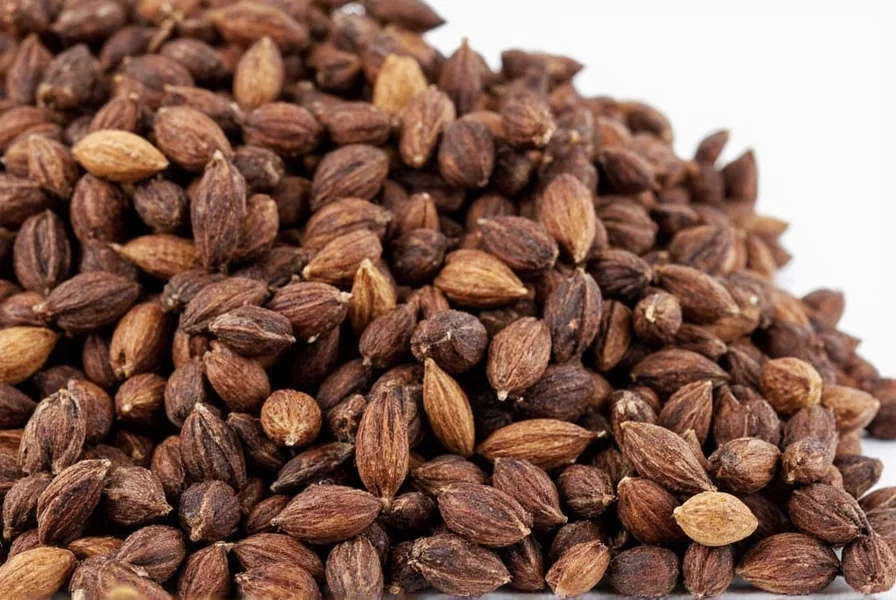
Black vs Green Cardamom: Key Differences
| Characteristic | Black Cardamom | Green Cardamom |
|---|---|---|
| Botanical Source | Amomum subulatum | Elettaria cardamomum |
| Color | Dark brown to black, wrinkled pods | Light green, smooth pods |
| Flavor Profile | Smoky, earthy, camphor-like, slightly medicinal | Floral, sweet, citrusy, minty |
| Culinary Use | Savory dishes: curries, stews, biryanis, meat marinades | Desserts, chai, baked goods, sweet dishes |
| Drying Process | Dried over open flames | Shade-dried at low temperatures |
| Typical Region | Himalayan regions (India, Nepal, Bhutan) | South India, Sri Lanka, Guatemala |
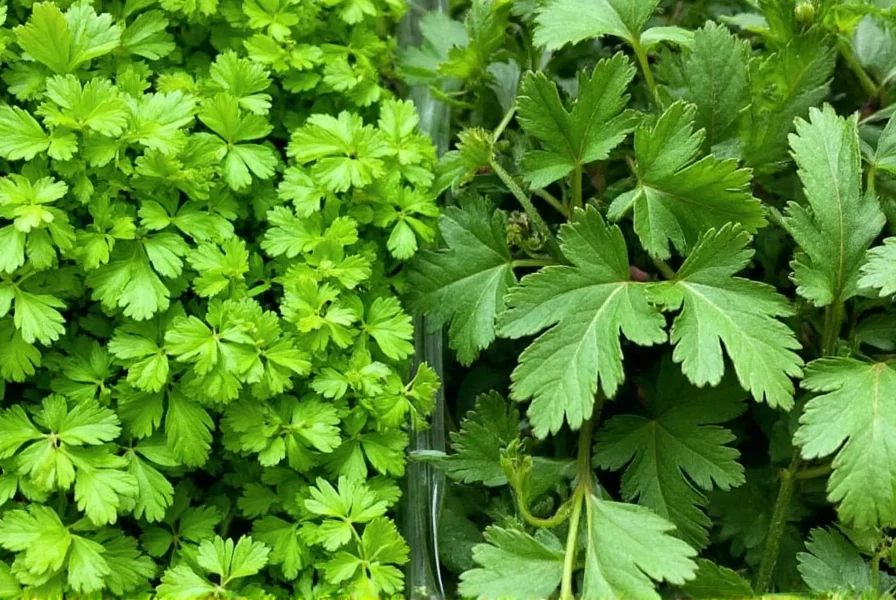
Flavor Profile and Culinary Uses
Black cardamom's unique smoky character comes from its traditional drying process over open fires. This creates complex notes of woodsmoke, camphor, and earthiness that complement hearty dishes. Culinary experts from the Institute of Culinary Arts note: "Black cardamom provides depth to slow-cooked dishes that no other spice can replicate."
Common applications include:
- Indian garam masala blends
- Hyderabadi biryani and korma dishes
- Chinese five-spice powder variations
- French beef bourguignon adaptations
- Smoked meat rubs and barbecue sauces
Unlike green cardamom, black cardamom should never be used in desserts due to its strong medicinal notes.
Practical Usage Guide
Preparation Techniques
Always toast whole pods before use to release essential oils. Place in a dry skillet over medium heat for 1-2 minutes until fragrant. Remove from heat immediately to prevent burning. For ground cardamom, crush toasted pods in a mortar and pestle.
Quantity Guidelines
Black cardamom is potent. Start with 1-2 pods per 4 servings of food. For ground cardamom, use 1/4 teaspoon maximum per recipe. Overuse creates bitter, medicinal flavors that overpower dishes.
Pairing Recommendations
Black cardamom pairs exceptionally well with:
- Proteins: Lamb, beef, duck, and game meats
- Spices: Cumin, coriander, cloves, and cinnamon
- Ingredients: Tomatoes, onions, garlic, and root vegetables
It does not pair well with delicate ingredients like fish, citrus, or fresh berries.
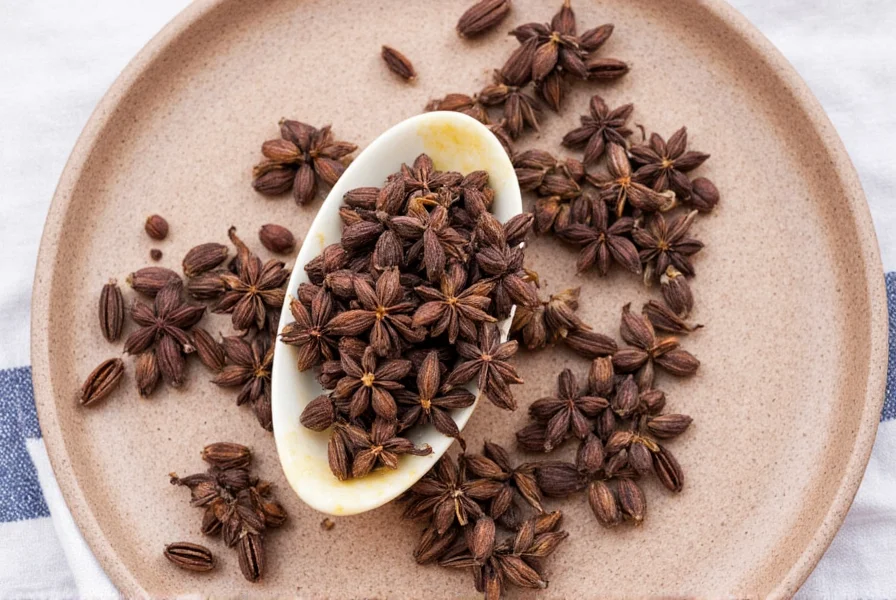
How to Buy Quality Black Cardamom
When purchasing black cardamom, prioritize freshness over price. Look for these quality indicators:
- Appearance: Pods should be dark brown to black with visible wrinkles. Avoid pods with mold, cracks, or excessive dryness.
- Smell: Fresh pods have a strong smoky aroma with hints of camphor. Musty or stale smells indicate old stock.
- Source: Himalayan-sourced (Nepal, Bhutan, or Northeast India) pods typically have superior flavor complexity.
- Form: Whole pods retain flavor 2-3 times longer than pre-ground powder. Buy whole and grind as needed.
Reputable spice retailers include Penzeys Spices, World Spice Merchants, and local Indian grocery stores with high turnover. Avoid products with added fillers or artificial smoke flavoring.
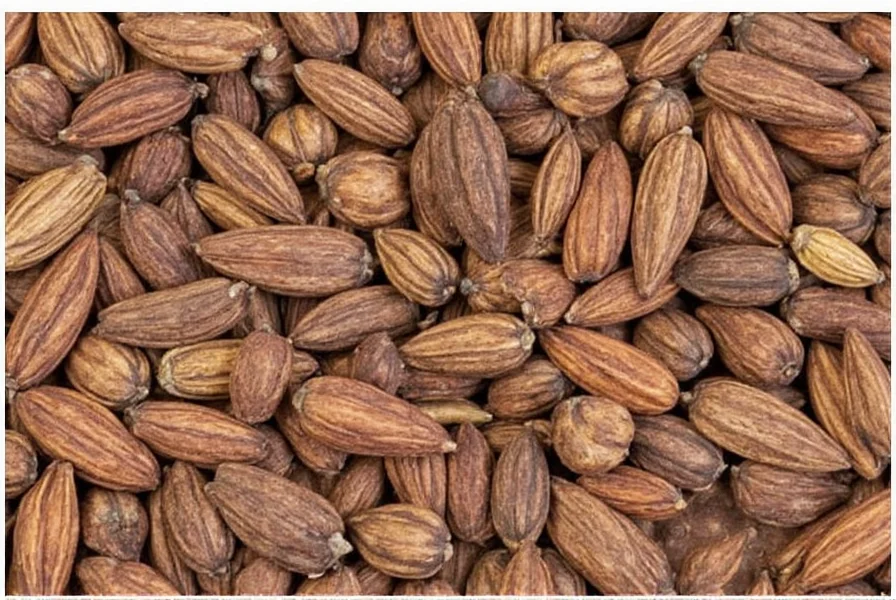
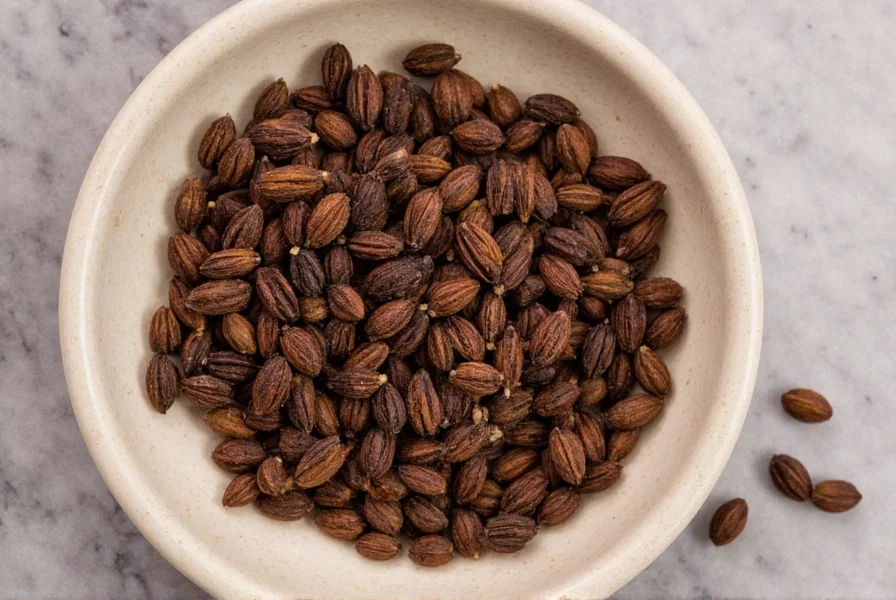










 浙公网安备
33010002000092号
浙公网安备
33010002000092号 浙B2-20120091-4
浙B2-20120091-4